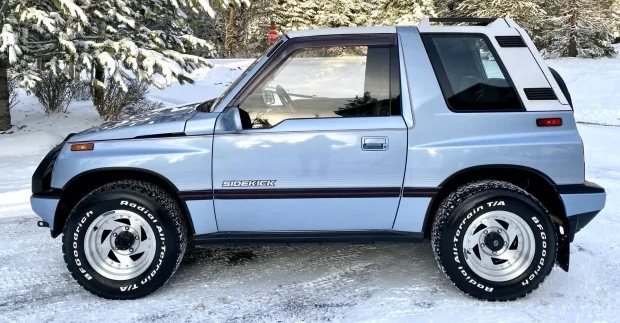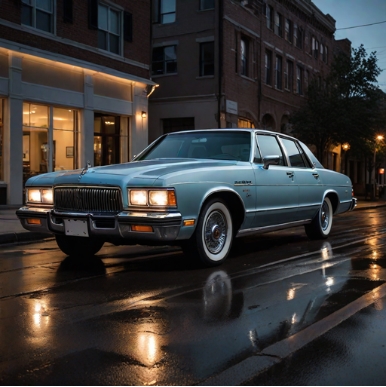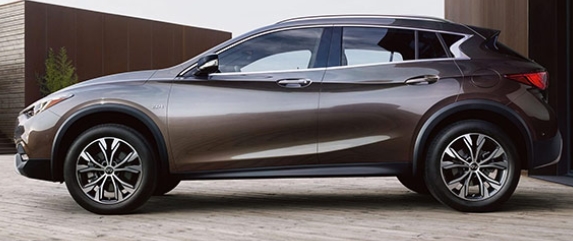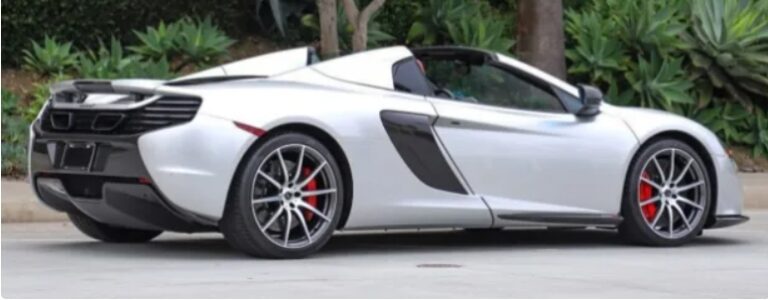The Evolution of the Suzuki Sidekick
The Suzuki Sidekick, a compact SUV that gained popularity in the late 1980s and throughout the 1990s, stands as a notable example of a versatile and affordable off-road vehicle. Over its production run, the Sidekick underwent several design updates, engine improvements, and variations in trim levels, reflecting changing consumer preferences and technological advancements. This article provides a detailed history of the Suzuki Sidekick, including its production years, model variations, and trim levels.
Origins and Introduction (1988–1998)
The Suzuki Sidekick was introduced to North American markets in 1988 as a replacement for the Suzuki Samurai, aiming to offer a more refined and practical off-road vehicle. It was based on Suzuki’s smaller compact SUV platform, sharing components and design elements with other Suzuki models such as the Suzuki Vitara (also known as Escudo in Japan).
Production Years:
- First Generation: 1988–1998
The first-generation Sidekick was produced primarily for North America, but it was also available in other markets. It was built on the Suzuki Swift platform, and its design emphasized utility, affordability, and off-road capability.
First Generation (1988–1998)
Design and Features:
The first-generation Sidekick featured a boxy, utilitarian design with a two-door body style as standard, though four-door versions were also available later in its lifecycle. It was offered in two main body styles:
- Two-door (Soft-top or Hard-top)
- Four-door (introduced later)
Engine Options:
- 1.3-liter I4 (G13B): Producing approximately 63 horsepower, primarily in early models.
- 1.6-liter I4 (ZC): Available in later models, offering around 95 horsepower.
- 2.0-liter I4 (G16B): Introduced in some markets to provide more power.
Transmission Options:
- 5-speed manual (standard)
- 3-speed automatic (optional)
Trim Levels and Variants:
During its initial years, the Sidekick was relatively straightforward, with trim levels such as:
- Base: Basic equipment, minimal features.
- JX: An upgraded trim with additional features like cloth upholstery, better stereo, and more convenience options.
- JLS (Japan-specific trims): Included features like alloy wheels and upgraded interiors.
Special Editions and Packages:
Throughout its life, Suzuki offered various packages, including off-road packages with reinforced suspension, skid plates, and all-terrain tires.
Mid-Generation Updates and Facelifts (1995–1998)
In 1995, Suzuki introduced a significant facelift for the Sidekick, updating its appearance and refining its features. The updates included:
- Exterior: Rounded headlamps replaced the square units, new grille design, and revised bumpers.
- Interior: Improved dashboard layout, better upholstery, and additional comfort features.
- Safety and Performance: Introduction of optional anti-lock brakes (ABS) and improved suspension components.
Model Variations:
The four-door version became more popular during this period, appealing to families and those seeking more practicality.
Engine Updates:
- The 1.6-liter ZC engine remained standard, with some markets receiving a 1.8-liter engine in later years.
Trim Levels:
The trim hierarchy was expanded further to include:
- Base: Minimal features.
- Sport: Included alloy wheels, upgraded stereo, and sportier appearance elements.
- Luxury: Equipped with power windows, locks, and upgraded interior materials.
- 4WD and 2WD Variants: The 4WD system was a significant selling point, with part-time four-wheel drive offered across models.
Introduction of the Suzuki Sidekick Convertible and Other Variants
In the early 1990s, Suzuki also offered a convertible version of the Sidekick, which became a distinctive feature of the model lineup. The convertible retained the same mechanical components but featured a soft-top roof and was popular among enthusiasts seeking open-air driving.
Additionally, Suzuki produced a Sport trim level, emphasizing off-road and sporty styling cues, such as body cladding, decals, and upgraded suspension.
Transition to the Vitara / Escudo Branding (Late 1990s)
While the Suzuki Sidekick continued in North America until 1998, Suzuki transitioned its global branding to the Suzuki Vitara (also known as Escudo in Japan). The third-generation Vitara replaced the Sidekick in many markets, but the Sidekick name persisted in North America until the end of its production.
Final Years (1997–1998):
The last model years saw minor updates, mainly focusing on safety and emissions compliance. The model was gradually phased out as Suzuki introduced the new Vitara.
Summary of Models and Trim Levels (1988–1998)
| Year Range | Model Name | Body Styles | Engine Options | Notable Trim Levels | Features & Notes |
|---|---|---|---|---|---|
| 1988–1994 | Suzuki Sidekick SJ | Two-door, Four-door | 1.3L I4, 1.6L I4 | Base, JX, JLS | Introduction of 4WD options, off-road packages |
| 1995–1998 | Suzuki Sidekick SJ (facelift) | Two-door, Four-door | 1.6L I4, 1.8L I4 (some markets) | Base, Sport, Luxury | Exterior updates, safety features, optional ABS |
Notable Trim Features Over the Years:
- Base: Manual windows, minimal interior features.
- JX/Standard: Cloth seats, basic stereo, 4WD.
- Sport: Alloy wheels, upgraded stereo, sportier appearance.
- Luxury: Power windows, door locks, upgraded interior.
- Convertible: Soft-top roof, unique styling.
Additional Variants and Special Editions
Throughout its production, Suzuki occasionally released special editions to boost sales or celebrate milestones, such as:
- Suzuki Sidekick Sport: Emphasized off-road capabilities with upgraded suspension and tires.
- Limited Editions: Featuring unique paint schemes, decals, or interior accents.
- Off-Road Packages: Included skid plates, lift kits, and heavy-duty tires.
.
Sure, everyone has their own favorite cars they like.
But the ultimate question about automobiles still exists:
What Decade Had The Coolest Hot Rods?
.
End of Production and Legacy
The Suzuki Sidekick was discontinued after the 1998 model year in North America, being succeeded by the Suzuki Vitara, which offered more modern styling and improved safety features. Despite its relatively brief lifespan, the Sidekick remains a beloved classic among off-road enthusiasts and collectors, appreciated for its ruggedness, affordability, and versatility.
Its reputation for durability, combined with the availability of various trims and configurations—including convertibles and off-road packages—ensured its place in the history of compact SUVs.
Conclusion
The Suzuki Sidekick’s evolution from 1988 through 1998 highlights a vehicle that adapted to market demands and technological progress. Starting as a basic, utilitarian off-road vehicle, it grew into a more refined and feature-rich model, offering consumers a reliable, affordable, and capable compact SUV. Its multiple trim levels, body styles, and special editions provided a range of options catering to different needs, from casual drivers to off-road adventurers.
Today, the Sidekick remains a symbol of Suzuki’s commitment to producing rugged and versatile vehicles, and its legacy endures among enthusiasts who continue to restore and enjoy these iconic models.







